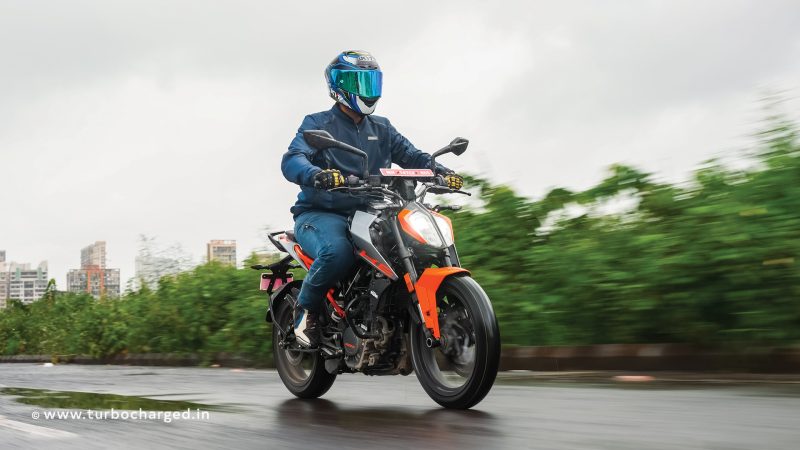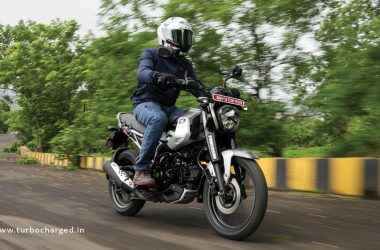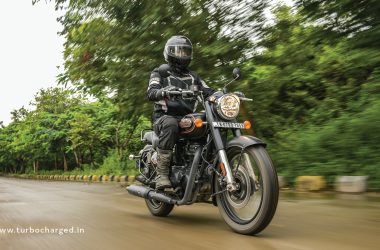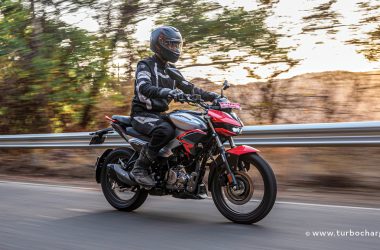Words: Akshay Jadhav | Photography: Shrenith Bhandary
KTM is on a roll lately. After the back-to-back launches of its adventure line up, it’s now gunning to disrupt the 160cc segment with its all new 160 Duke. Priced at ₹1.85 lakh it may be the smallest Duke in the KTM family right now but it packs the most power in its segment. So, is the KTM as impressive on the tarmac as on the spec sheet? Let’s find out.
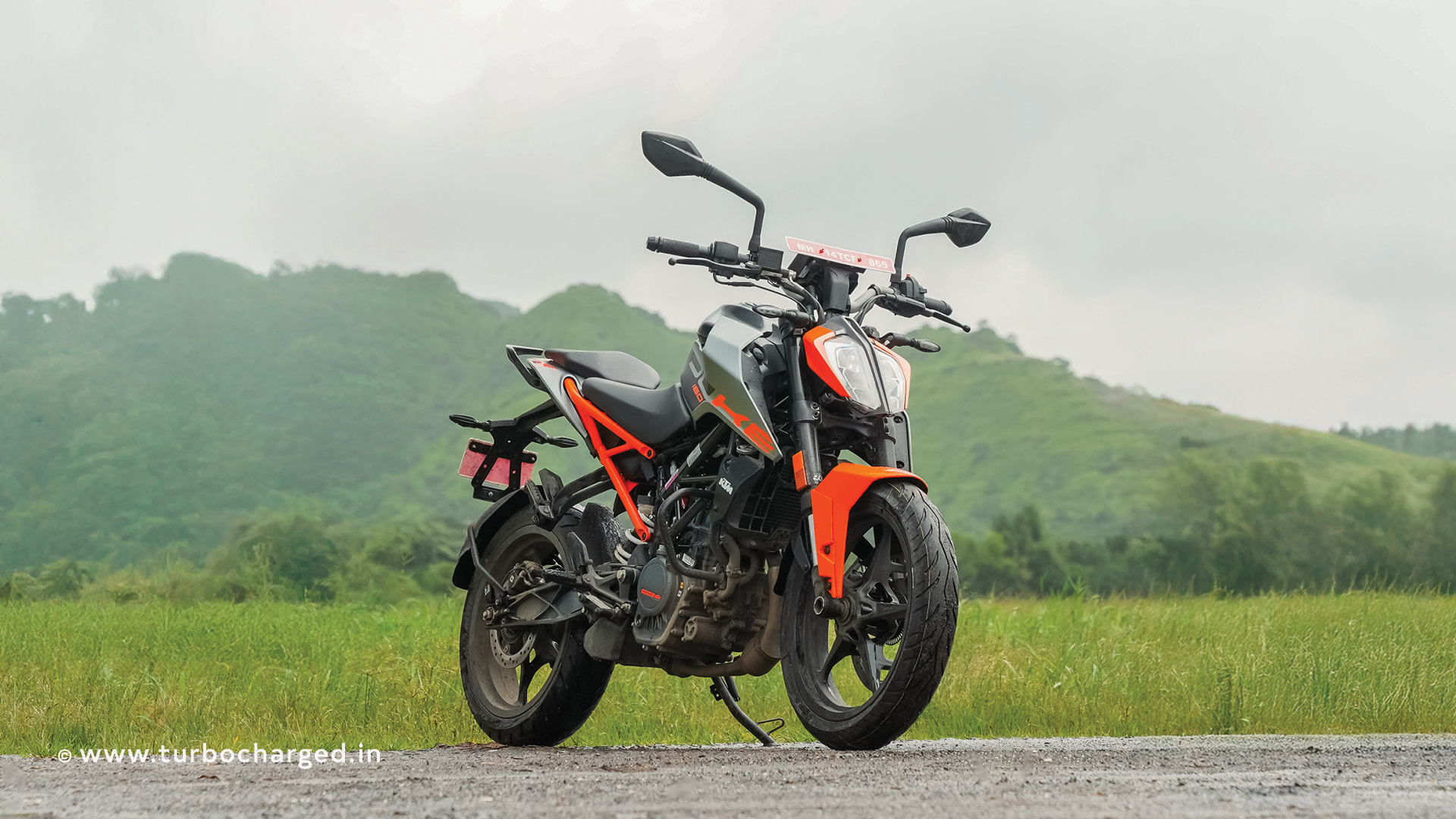
Design-wise, the 160 Duke bears a strong resemblance to the 200 Duke. The low-slung headlamp, sharp tank extensions, and exposed trellis frame all fall in line with KTM’s aggressive streetfighter identity. But despite the familiar face, KTM has made several structural changes to make the bike lighter than its elder sibling. While the chassis looks identical from the outside, KTM has reduced the internal radius of the pipes to shave weight from the primary frame. The shift from a DOHC to a SOHC engine — a move that may spark debate among enthusiasts — has also helped the brand trim nearly a kilogram without compromising performance. The fuel tank capacity has been reduced from 13.5-litres on the 200 Duke to 10-litres here, further contributing to weight savings. As a result, the 160 Duke tips the scales at just 147 kg, making it the lightest Duke on sale today.
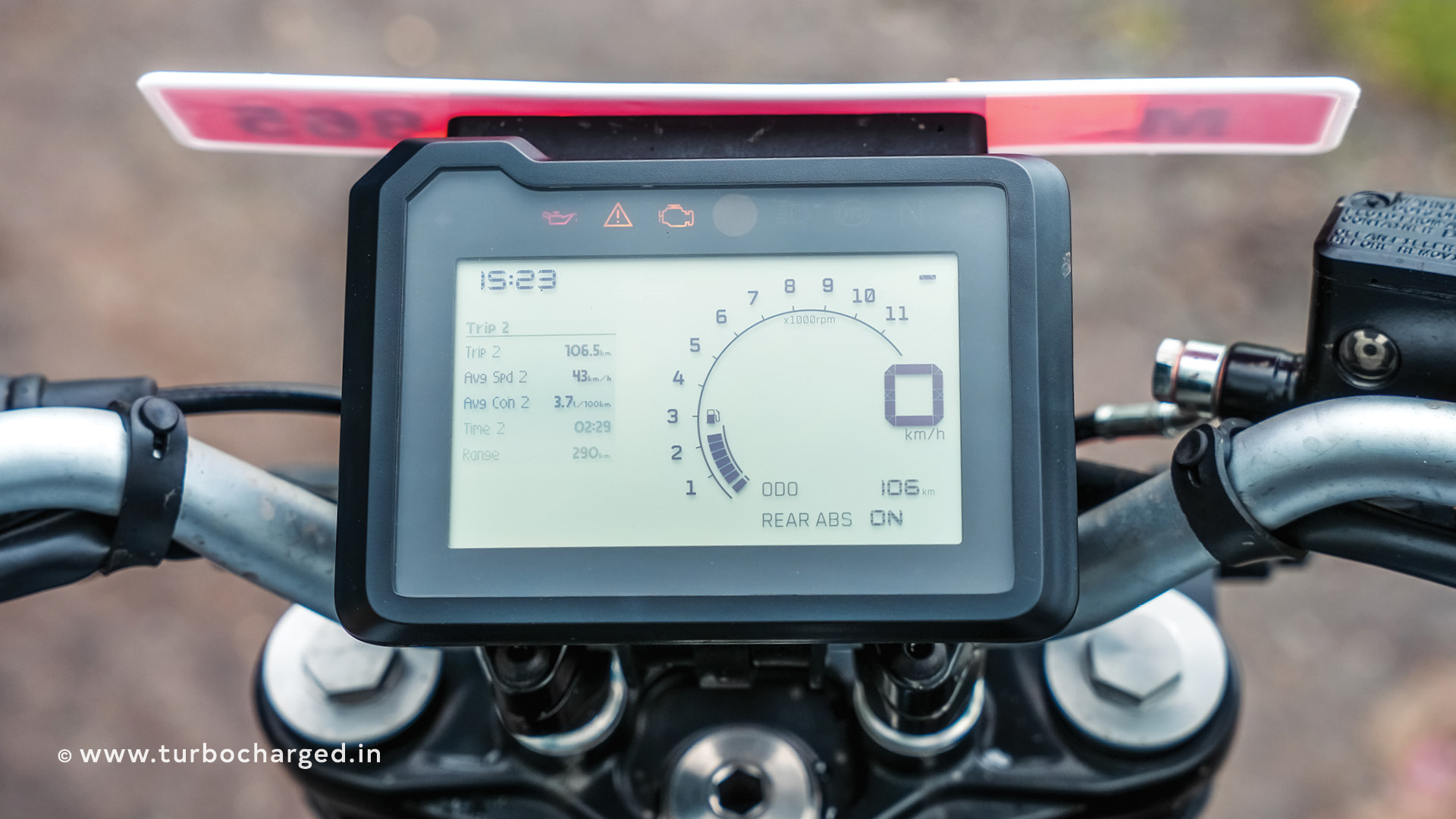
Equipment-wise, the 160 Duke comes with WP 37mm USD forks at the front (slightly slimmer than the 43mm units on the 200 Duke) and a 10-step preload-adjustable WP monoshock at the rear. To keep costs in check, KTM has opted for a 5-inch LCD display instead of a TFT. The screen supports Turn-by-Turn navigation, while smartphone connectivity is available as an optional add-on priced at ₹5,140. KTM says the module can be installed at any point during ownership, making it a convenient upgrade. The 17-inch wheels are borrowed directly from the RC 390, allowing KTM to mount the brake discs straight onto the rims without a base plate. Riders also get SuperMoto mode, which disengages the rear ABS for those who want a bit of sideways fun. Overall, the 160 Duke feels like a well-equipped package, particularly for younger riders or first-time buyers looking for a motorcycle that balances performance with the latest features.
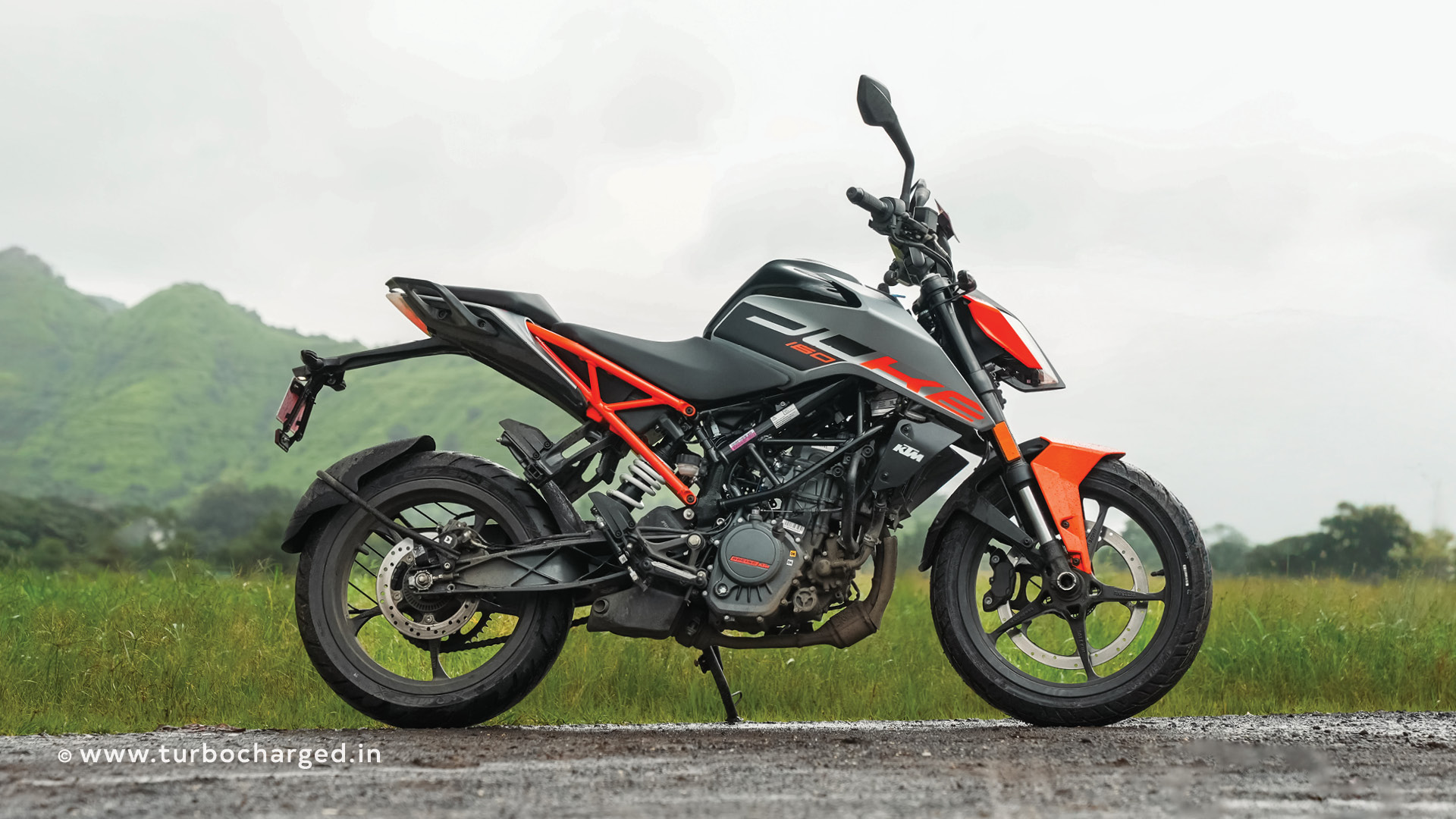
At its core, the 160 Duke runs a 164.2cc engine that produces 19PS and 15.5Nm of torque — slightly higher than the Yamaha MT-15’s 18.4PS and 14.1Nm. This makes it the most powerful motorcycle in its segment. The motor is impressively torquey, delivering 80 percent of peak torque as early as 4,000RPM, which allows it to pull cleanly from low speeds without constant gear changes in city traffic. Thanks to its lightweight build, KTM claims a 0–60kmph sprint in just 4.5 seconds. Performance delivery feels smooth and well-mannered, without the jerky power delivery one might expect from a high-strung single. Heat management is also commendable, with the larger radiator borrowed from the 200 Duke keeping things under control even in stop-and-go conditions. KTM says, according to their survey results, the common problem with MT-15 is the heating issue which KTM, very intelligently, solved by slapping a bigger radiator than its competition. That said, vibrations do creep in around the 5,000RPM mark, most noticeable through the handlebar and footpegs. Still, overall refinement is solid, and the 160 Duke manages to strike an enjoyable balance of performance, tractability, and everyday usability. It’s a package that will especially appeal to younger riders looking for their first taste of KTM performance.
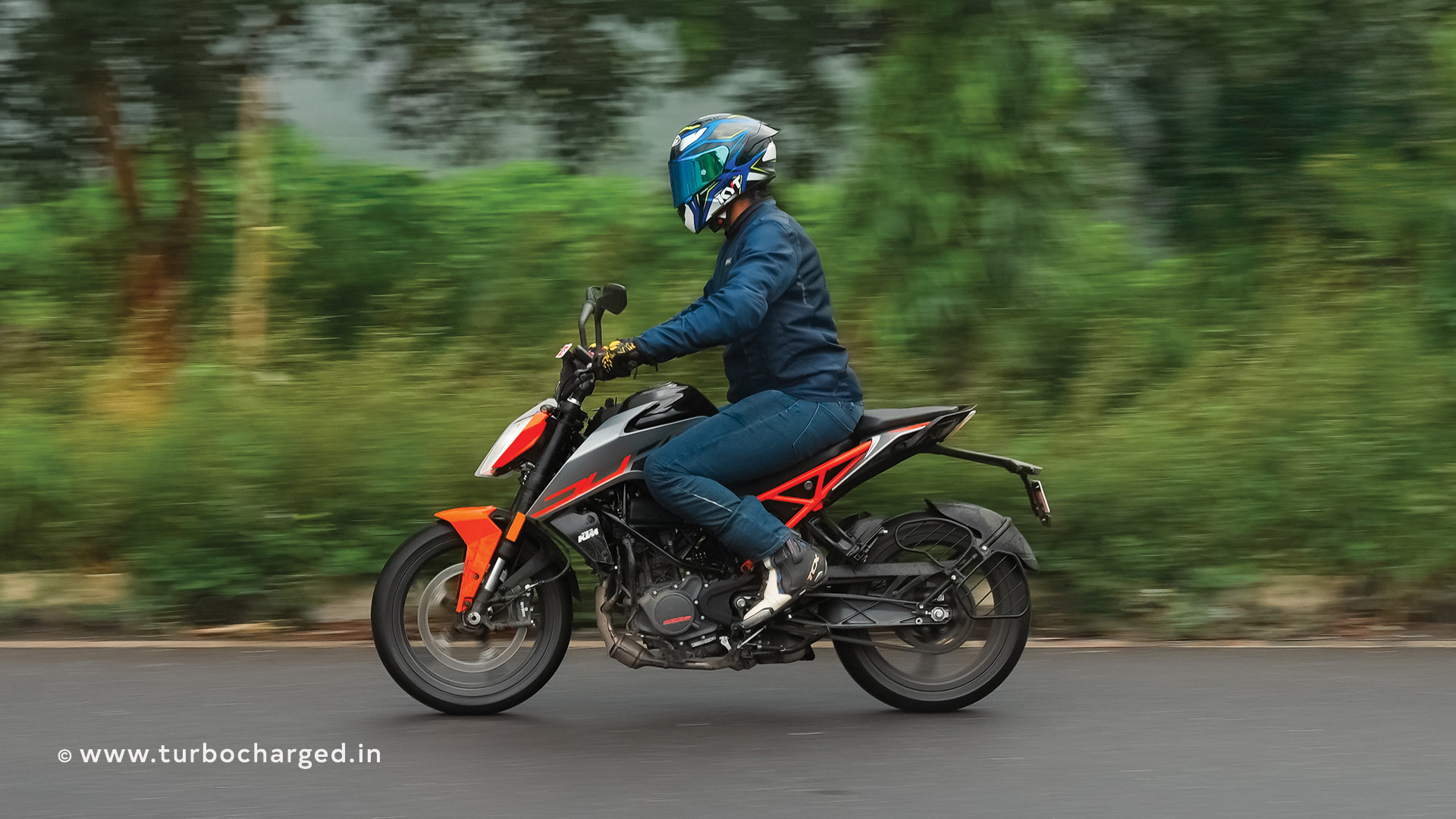
To make the 160 Duke more approachable for younger riders, KTM has dropped the seat height to 815mm — slightly lower than the 200 Duke’s 822mm. This was achieved by reducing the front suspension travel by 6mm. To compensate, KTM has fitted a straight handlebar with risers, ensuring that the riding posture isn’t overly aggressive. The result is a relaxed yet engaging stance, with a well-balanced rider’s triangle that feels natural both in the city and on twisty roads.
The newly engineered chassis is impressively agile, and its light weight boosts rider confidence, especially when shifting body position through corners. KTM has also tweaked the rake angle, which sharpens its handling, making it equally at home in traffic as it is on winding roads. Braking duties are handled by a radially mounted BYBRE caliper paired with a 320mm front disc, while the rear gets a 230mm disc with a floating caliper. The setup provides adequate bite and progression, which feels well-matched to the 164cc engine’s performance. Overall, KTM has managed to put together a very compelling entry-level package with the 160 Duke. It captures much of the look and feel of the 200 Duke, while keeping the price point within reach for younger buyers. With just a ₹16,000 premium over the Yamaha MT-15, the 160 Duke stands out as a worthy contender in the fast-growing 160cc segment. And importantly, it doesn’t just impress on paper — it delivers equally well out on the road.





